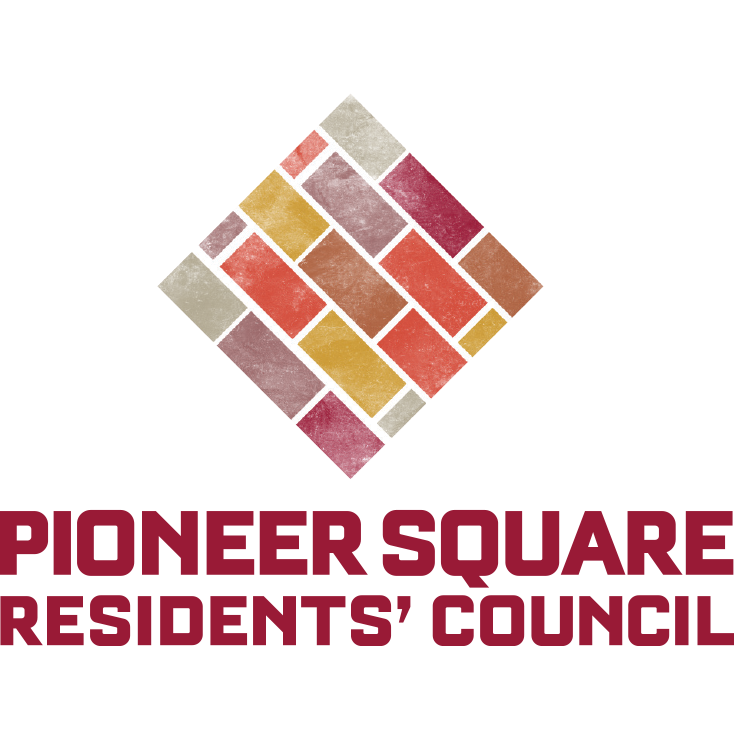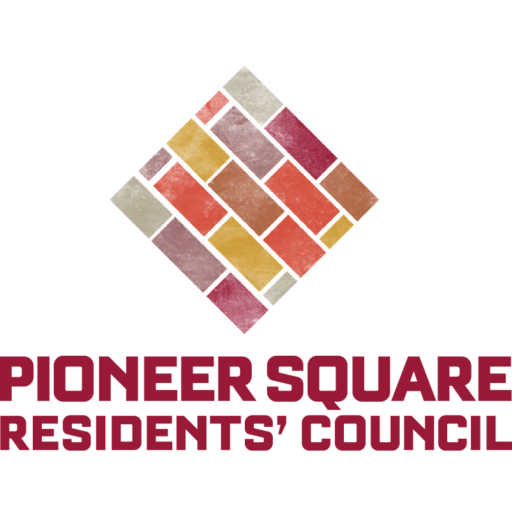12 May Seattle Weekly: Is Pioneer Square preserving itself to death?
In a Seattle Weekly cover story today, reporter Laura Onstot tackled the issue of the preservation board and questioned the effectiveness of their role in the neighborhood.
The article looked at the following businesses/people who had to get approval from the preservation board for various changes to their properties:
Aura, a new club in the neighborhood
Hawks Nest, a sports bar near Safeco Field
Squire Properties, a father-son team who own a building by Qwest field
Pioneer Square Market, a new proposed deli and grocery store
Arctic Hotel, owned by Rob Brewster (who also did the Pacific Commercial Building)
Trinity, an “old” club in the neighborhood
With the exception of the P2 Market, which was quickly approved, these groups have had the same reaction to their encounters with the preservation board: “dealing with the Board can be a problem.”
Gary Johnson, with the Department of Planning and Development, has been working hard for the past decade to revitalize the neighborhood and thinks that “Pioneer Square is one of the most, if not the most, complicated neighborhoods in the whole city.” Having a neighborhood with retail, residents, sports, arts, shelters that is also a historic neighborhood definitely qualifies it to be labeled as “complicated.”
The preservation board was formed when the Seattle Hotel was demolished in 1961 and was turned into what is now known as “The Sinking Ship,” outraging residents and historic preservationists. And while there’s no doubt that historic preservation boards are vital to a neighborhood like Pioneer Square, the article notes differences of opinion among business owners, developers, residents, and the preservationists. And it is these differences of opinion that may be what is causing development in the neighborhood to have stalled in the past.
It presents the question: should the preservation board only be concerned about preserving the historic elements of the neighborhood, or should it also take into account what’s best for the neighborhood and what the majority of the stakeholders want.
While I thought that the article was going in an interesting direction, I would have also been interested to learn about the background of the current board members and what their understanding is of the role of the board for the neighborhood.
UPDATE
I talked with the head of the preservation board last week and will have a follow up post soon talking about the role of the preservation board in the neighborhood. The one general comment seemed to be that the examples used in the article are people who are definitely breaking the set rules and aren’t the best examples for an article like this. I think it will be great for people to understand their role better and why they’re so essential to the neighborhood.



Pingback:Tweets that mention The New Pioneer Square- Seattle Weekly: Is Pioneer Square preserving itself to death? – Blog Title -- Topsy.com
Posted at 09:16h, 13 May[…] This post was mentioned on Twitter by NAI R10 Editor, New Pioneer Square. New Pioneer Square said: Seattle Weekly: Is Pioneer Square preserving itself to death? http://bit.ly/axbbxm […]